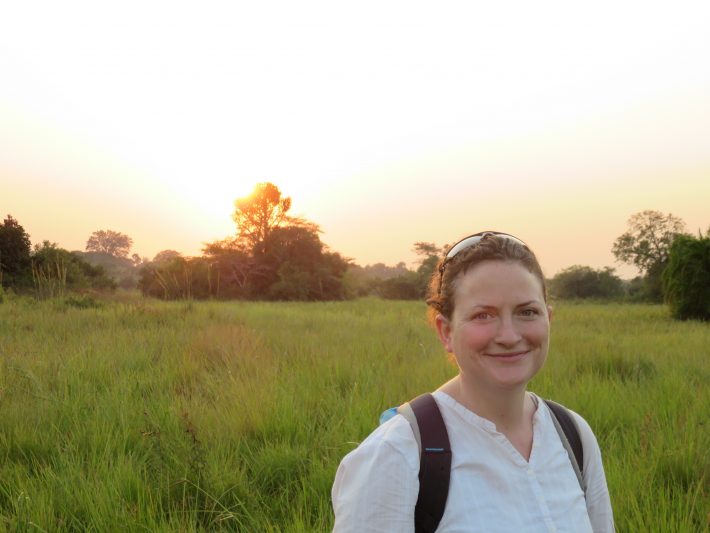Marjorie Lundgren

#EcoPhysiology #C2Photosynthesis #C4Evolution
1. Tell us about your background and why you joined the BES
I moved to the UK to pursue a PhD in ecophysiology at the University of Sheffield. I immediately joined BES and became heavily involved with the Plant Environmental Physiology SIG. BES and PEPG provide me with a scientific community.
2. What inspires you most about ecology?
Its ubiquity. Ecology is not only an important component of most biological sciences, it also broadly influences the human experience by, for example, inspiring politics, sociology, economics, literature, etc.
3. What experience do you consider to be the most significant in your career or studies to date?
On a collecting trip to Tanzania, I came across my first live population of plants using C2 photosynthesis- an evolutionary intermediate state in C4 evolution. I could immediately tell they were intermediate based on my research on herbarium specimens. This experience was the beginning of my current research program.
4. What advice would you give your younger self?
Relax. I used to take on far too much and let myself stay in a constant high-pressure state. I have since learned that maintaining a healthy work-life balance makes me a better, more creative scientist. My career took off once I allowed myself to relax a bit.
5. What is your favourite organism and why?
Hands down, the grass Alloteropsis semialata. This species has unparalleled intraspecific physiological diversity. It is the only single species known to use C3, C2, and C4 types of photosynthesis, making it a brilliant system to study the transitions that occur during the evolution of photosynthetic types.
Like what we stand for?
Support our mission and help develop the next generation of ecologists by donating to the British Ecological Society.